With its annual Worldwide Developers Conference (WWDC) scheduled from June 9 – 13, Apple is expected to make some big announcements. It's a common theme we've seen in previous iterations of the event, with the Vision Pro in 2023 and Apple Intelligence in 2024. While the Cupertino company has kept it all under wraps, the upcoming keynote could bring with it huge changes in Apple's ecosystem with an unexpected rebranding to – iOS, iPadOS, macOS, visionOS, watchOS, and tvOS. So, without further ado, let's talk about everything we can expect from Apple's WWDC 2025 event.
OS Names are going to be a yearly affair
The biggest change to come to Apple and its ecosystem is the naming scheme. It appears that the next versions of the company's OSes won't follow version numbers, opting for numbers in the upcoming calendar year instead. What this means is, users may get iOS 26 instead of iOS 19 as the successor to iOS 18 on iPhones.

The rest of the OS names will get the same treatment and will be named iPadOS 26, macOS 26, visionOS 26, watchOS 26, and tvOS 26. The reason why they're taking up "26" instead of "25" appears to be centred around a "more forward-looking" approach, since iOS 26 and the other OS will stay relevant across 2025 and 2026. It'll also give
It's not the first time a brand has gone for year-based names for their products. The closest resemblance to this naming scheme is indeed early Windows versions like Windows 95, 98, or even 2000, where Microsoft opted for years as version numbers. In recent years, Samsung has taken up yearly version numbers for their flagship phones since the Galaxy S20 series in 2020, all the way to Galaxy S25 in 2025.
A new visionOS-esque look
The naming scheme isn’t the only thing new about the next line of OS updates. If the ongoing rumours about them are true, we could be looking at the biggest visual redesign since iOS 7 and one that adopts ideas from Apple’s own visionOS.
As previous leaks from the Front Page Tech point out, iOS 26 and iPadOS 26 stand to benefit the most from this makeover, featuring a glass-like interface with translucent menus and floating buttons. Most of the elements like app icons and options will take up a more rounded design, and the navigation bar on the Home Screen will be shaped even more like a pill.

Similar to visionOS, Apple’s apps inside iOS 26 will take up a minimalistic approach with circular buttons/options and card-like UI. The Camera app, for instance, will thus show lesser options by default and reveal more options on tapping. The company intends to distribute the new design resources with third-party app developers as part of the update.
macOS 26, like iOS 26, will also come with the same visual changes, including the glass-like design and rounded icons and buttons. The intention here is to make the user experience consistent across devices, so that switching from an iPhone to a Mac (or an iPad) is smooth and doesn’t require a learning curve.
Like previous macOS updates, this year’s version will also be named after a California sight – Lake Tahoe. This means, macOS Sequoia will be replaced by macOS Tahoe in 2025. Likewise, watchOS 26 and tvOS 26 will also incorporate some of the visionOS-centred design changes, but they won’t necessarily get the same treatment overall.
Apple Intelligence is expanding to more devices

Another major change to come to the new OSes will revolve around the integration of Apple Intelligence and its new features. With a whole year under its belt, Apple’s AI is now available on iPhones, iPads and Macs and this year, it’ll be coming to Apple Watch models as well. watchOS will get a bunch of new “powered by Apple Intelligence” features including AI health insights, translation, message summaries, and more AI functions for fitness and medical advice.
Since the current Apple Watch chipsets may lack the resources to power Apple Intelligence on-device, we can expect the upcoming features will need a compatible iPhone to run them. Moreover, rumours do point to a new subscription plan that Apple might bring to the Health app for enabling AI on to the Apple Watch.

Then, there’s the possibility (as per Mark Gurman) that Apple’s AI could also help iPhones (and probably, Apple Watches) get more battery life. The option could limit apps and some system functions by preventing them from drawing excessive resources when not necessary.
Besides this, Apple Intelligence could find its way inside the Shortcuts app, offering users the ability to create actions with the help of AI. This could make it easier for casual users to create and use shortcuts from just voice commands.
But perhaps a bigger change is the integration of Gemini on iPhones. Like ChatGPT, Google’s AI will also pair up with Siri to take over more complex queries. Speaking of Siri, Apple’s voice assistant is expected to get more feature, but we may not hear about them during WWDC itself.
A new Gaming app
Apple is also rumoured to launch a new Games app that will be the App Store equivalent for gaming on iPhone, iPad, Mac, and Apple TV. It’s being developed as a replacement for the Game Centre with features and design elements from the Xbox app.

The Games app could get a similar layout as an App Store with tabs like Home, Arcade, Play Together, Library and Search. It will serve as a centralised hub from where you can launch games and track progress, achievements and check leaderboards. According to Gurman, the app’s macOS version could display “games downloaded outside the App Store”.
Feature Enhancements
Apple could also announce minor changes to some of their apps. For instance, the Phone app is getting a new “single, scrollable” screen that will display the user’s favourites, call logs and voicemails. Messages, on the other hand, is taking some functional cues from WhatsApp in the form of new chat backgrounds and polling options.
Both the Camera and Safari apps will get transparent, glass-like UIs with fewer options for simplicity. The Apple Music app will soon get animated full-screen art on the iPhone Lock Screen, while the Notes app will soon support Markdown.
It’s not just iPhone features that get significant improvements. AirPods will soon offer some form of live translation. With iOS 26, it will be able to detect and translate real time conversations from one language to another.
On iPads, users will see a new menu bar like on macOS when it’s connected to a Magic Keyboard. Apple is also expanding its Stage Manager feature from iPads and Macs onto iPhones. This will allow users to connect their iPhone to an external display to get a more macOS-like experience.
WWDC 2025: What's the Next Big Thing?

While there’s a lot of buzz for its software, the chance of a new hardware product seems slim. Apple generally announces an update to ones of its Mac lineups during major events but with most of the Macs getting recent upgrades, we aren’t sure whether we’ll see a new Mac device thrown into the mix.
One thing that has some potential is a new HomePod device which will combine a display and a smart speaker into one. The approach for such a device could be more similar to a Nest Hub than Google’s recent Pixel Tablet.
WWDC 2025 is scheduled to take place at 10:30 PM IST on June 9 at the Apple Park in Cupertino, California. With the wait almost over, we’ll get a closer look in just a few hours’ time, and we’ll keep you covered on every announcement in time. If you wish to tune in yourself, here's how to watch Apple WWDC 2025 Keynote live from anywhere.


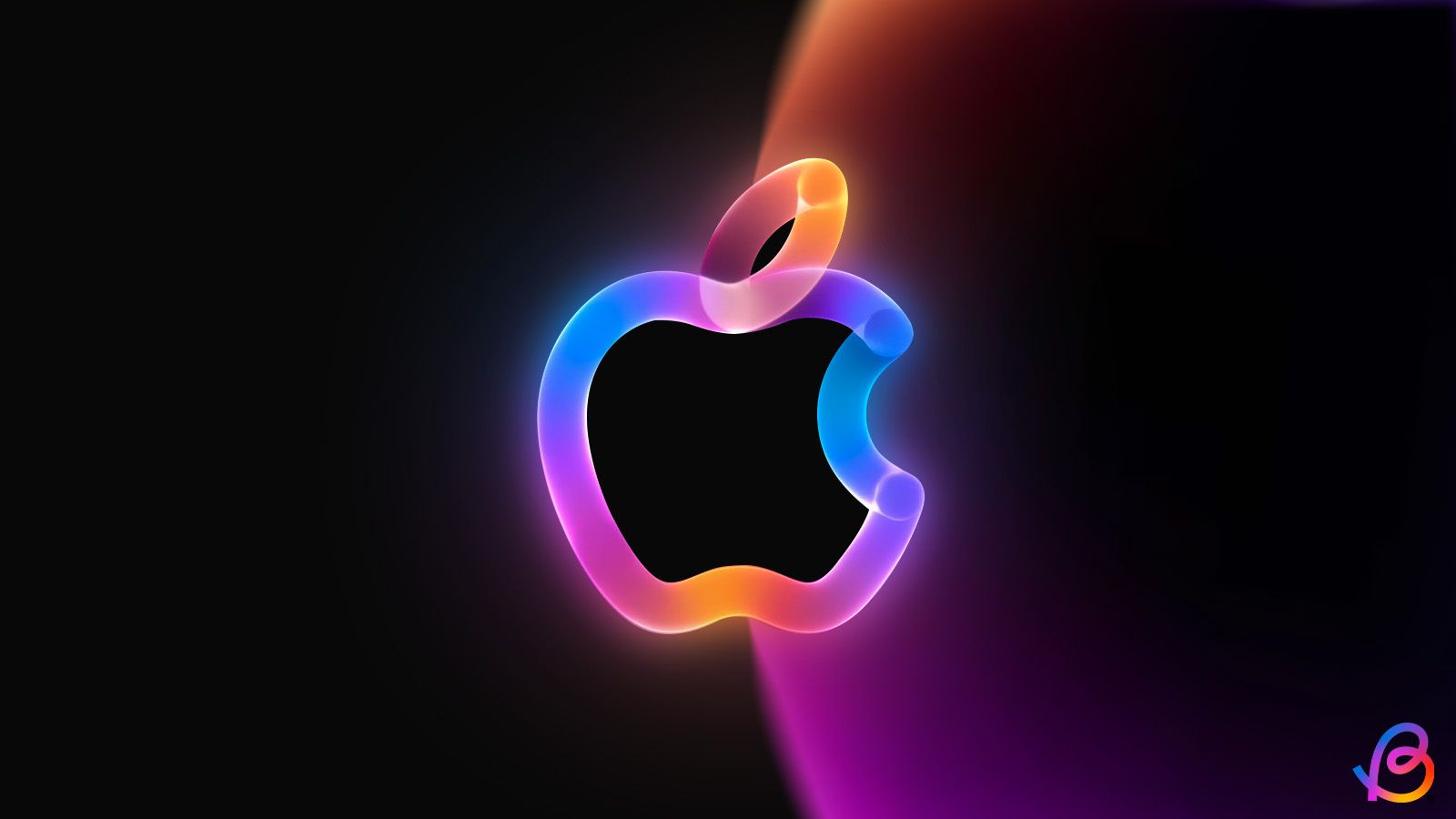
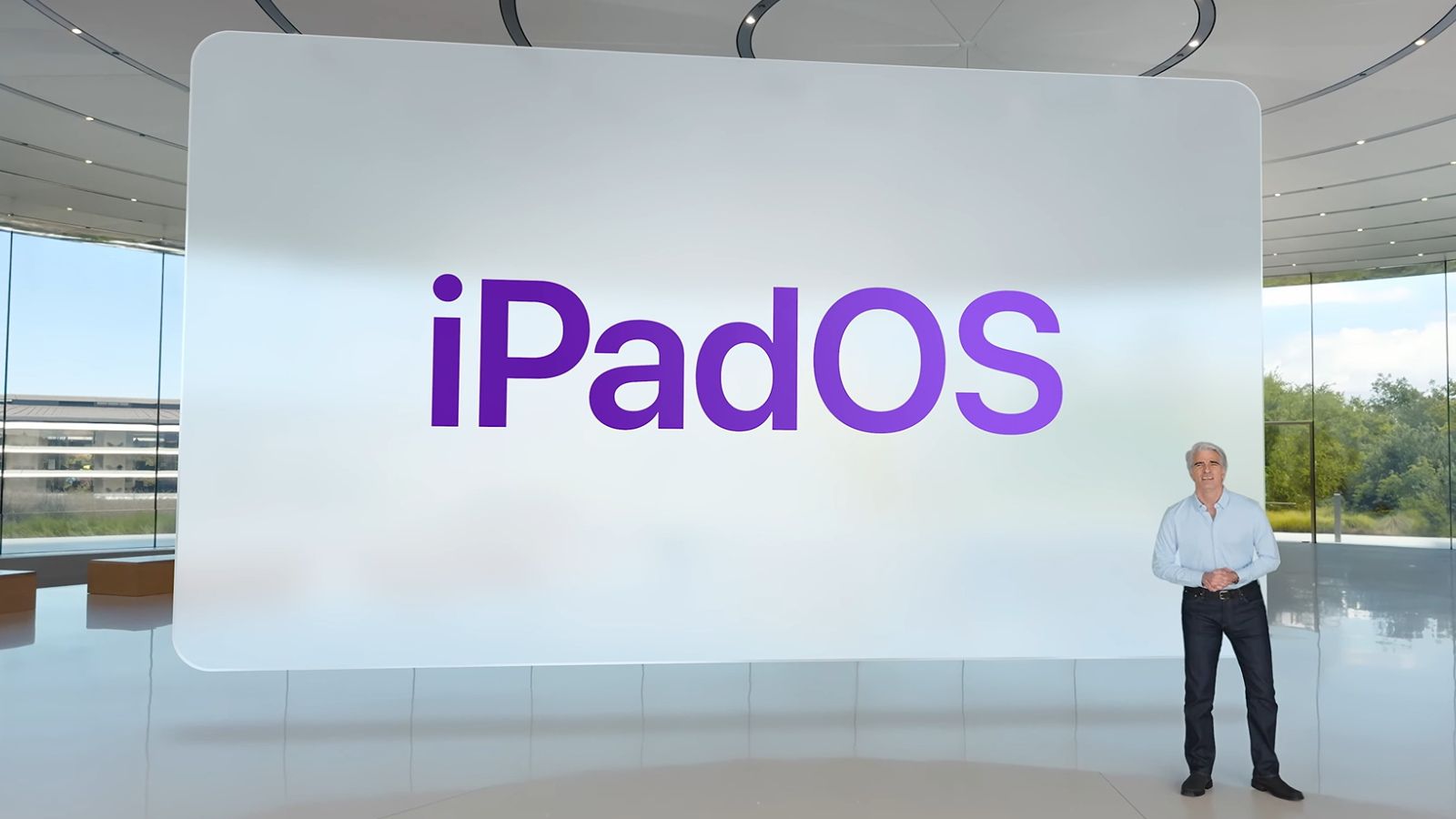


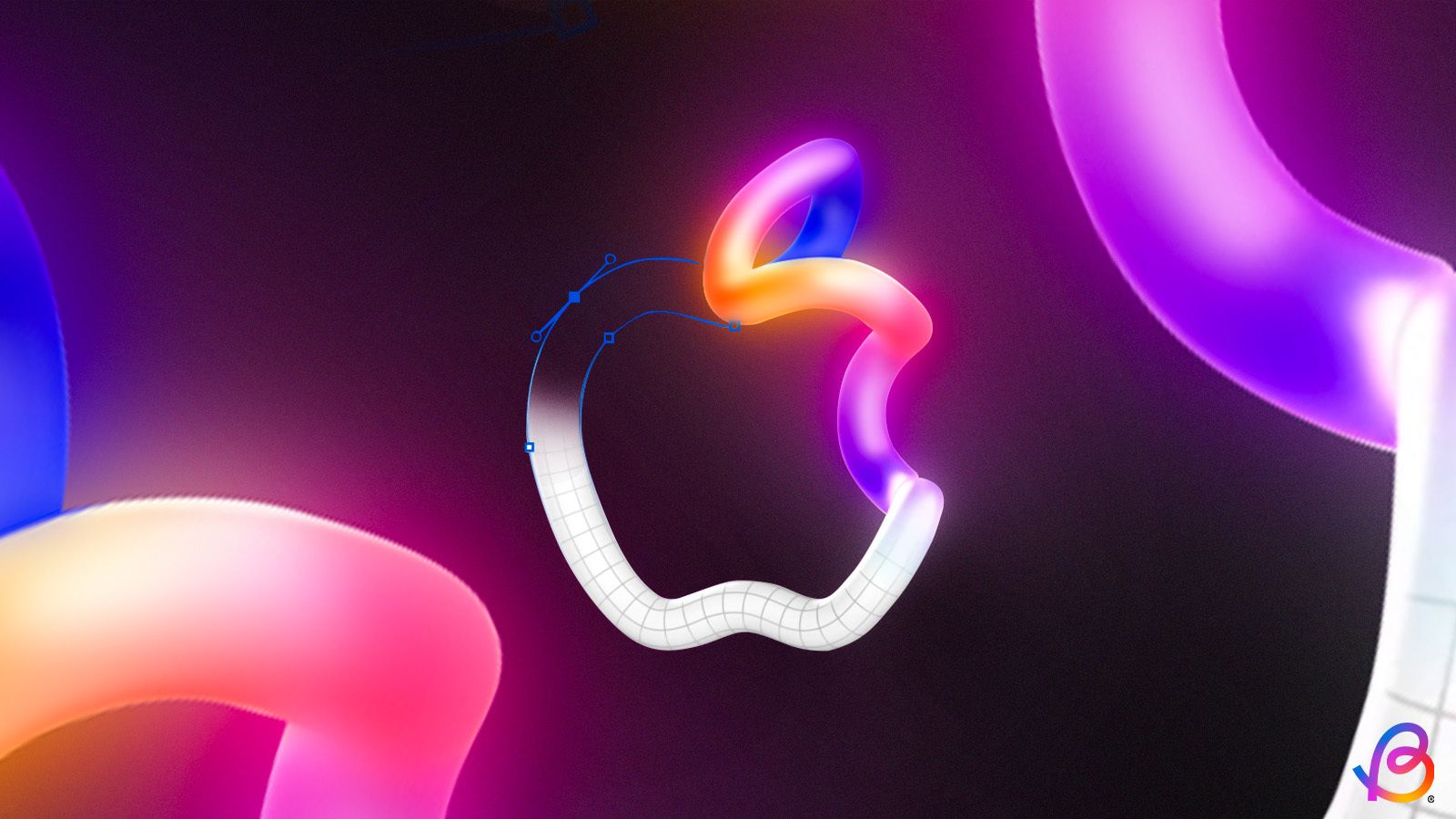
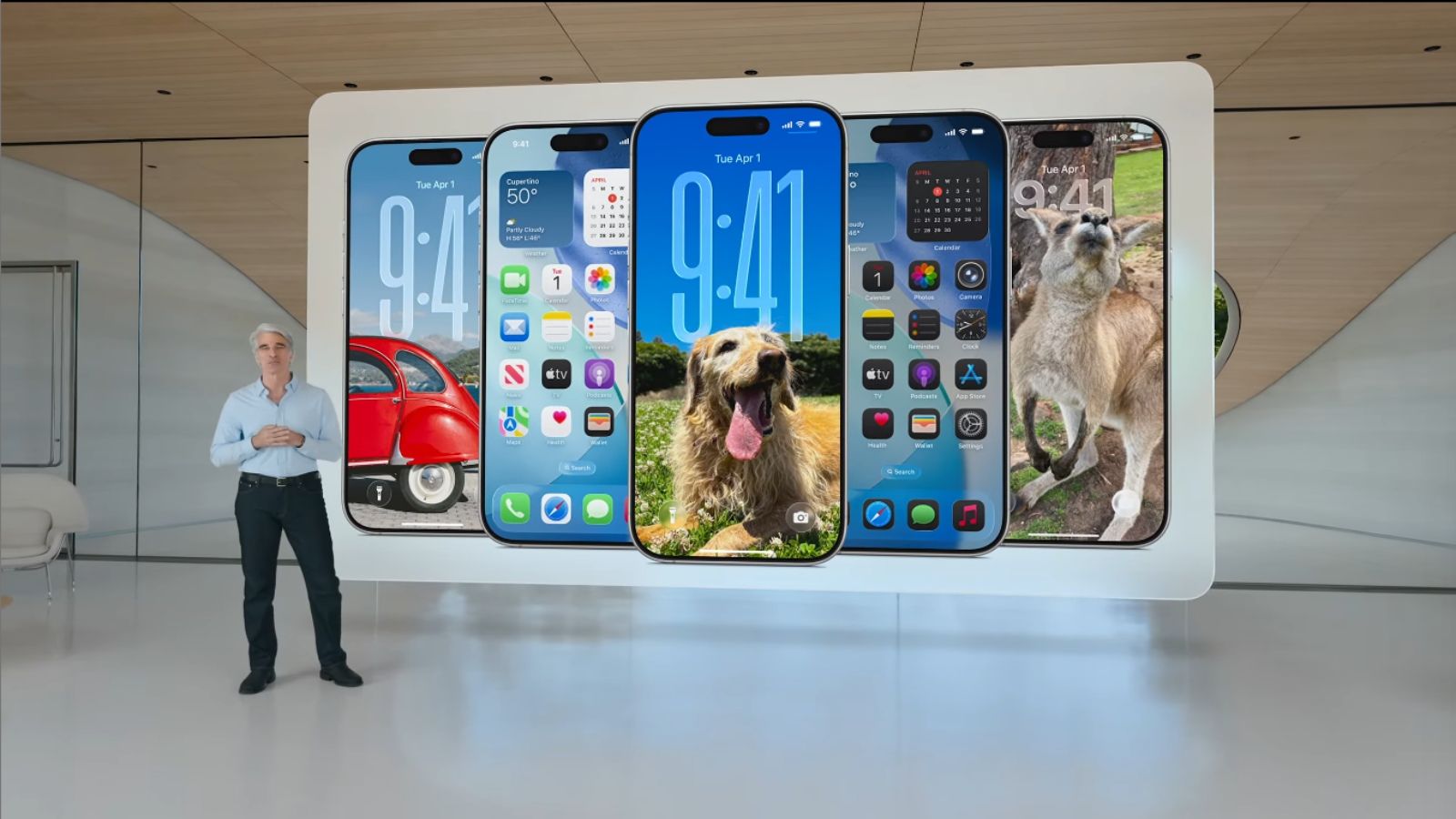


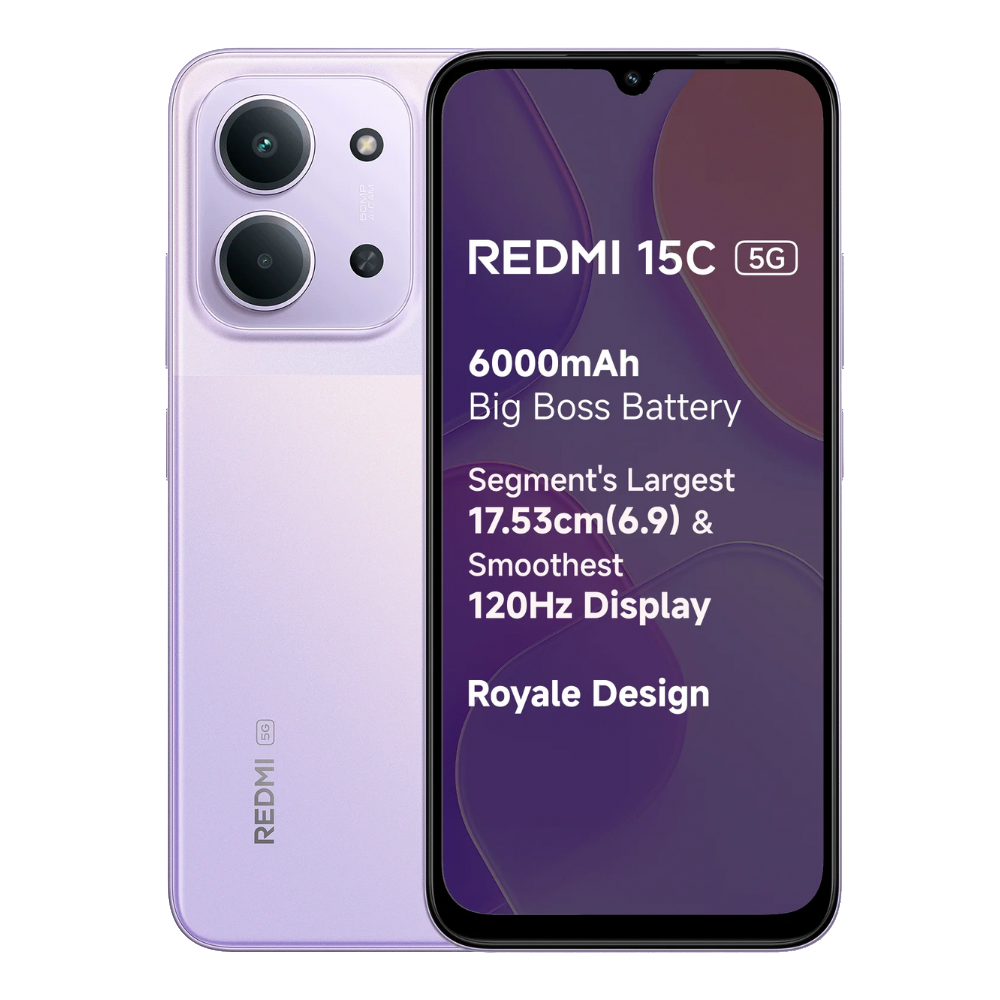


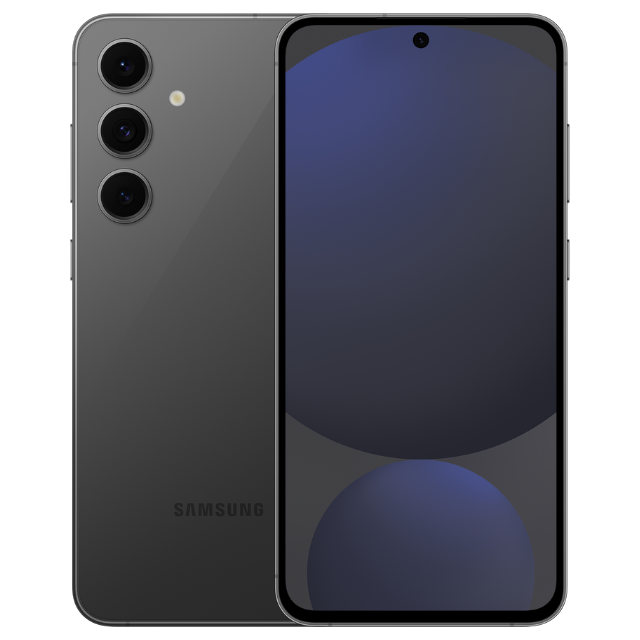
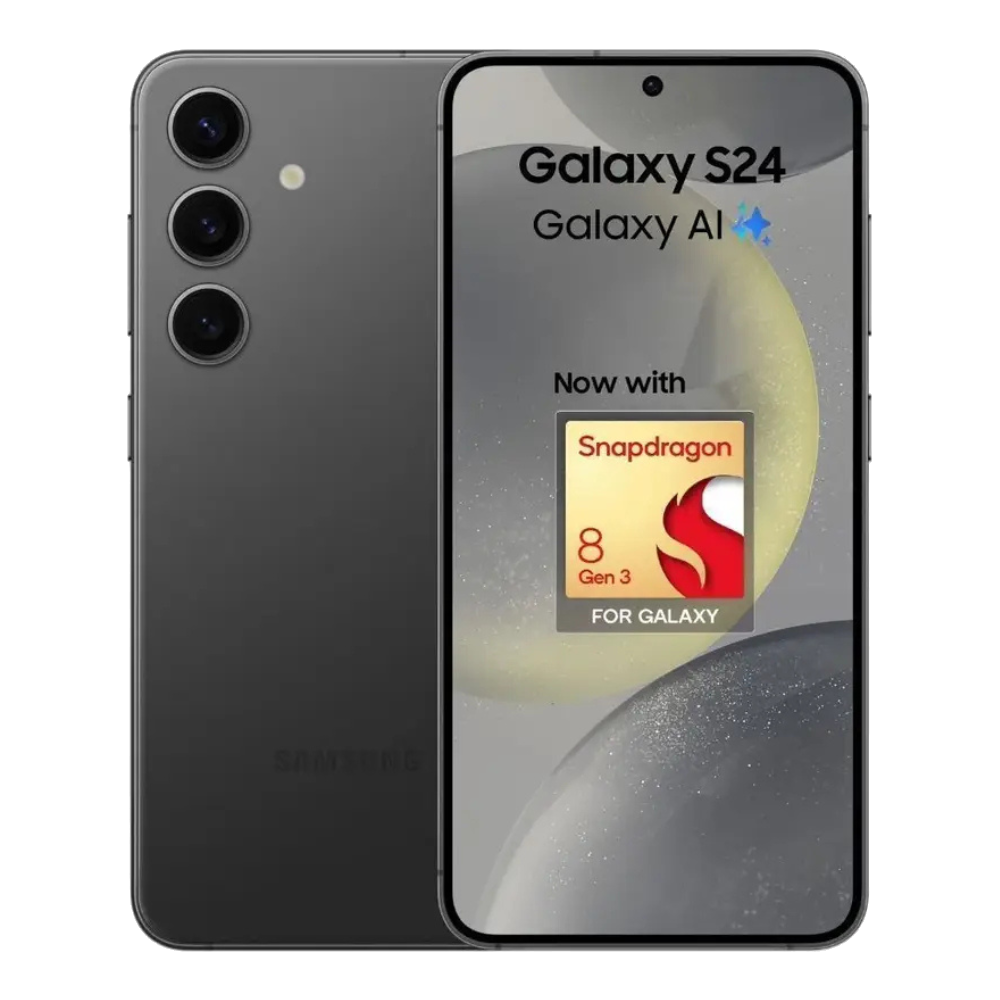
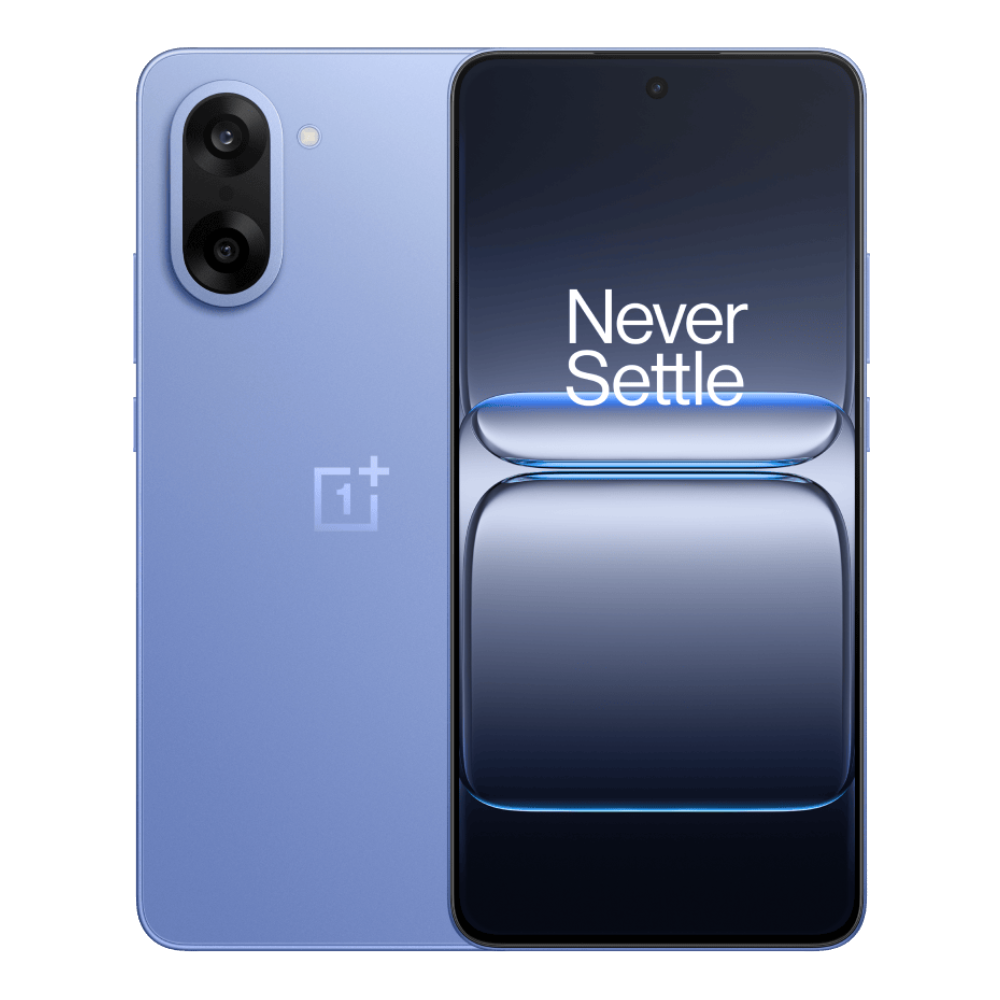

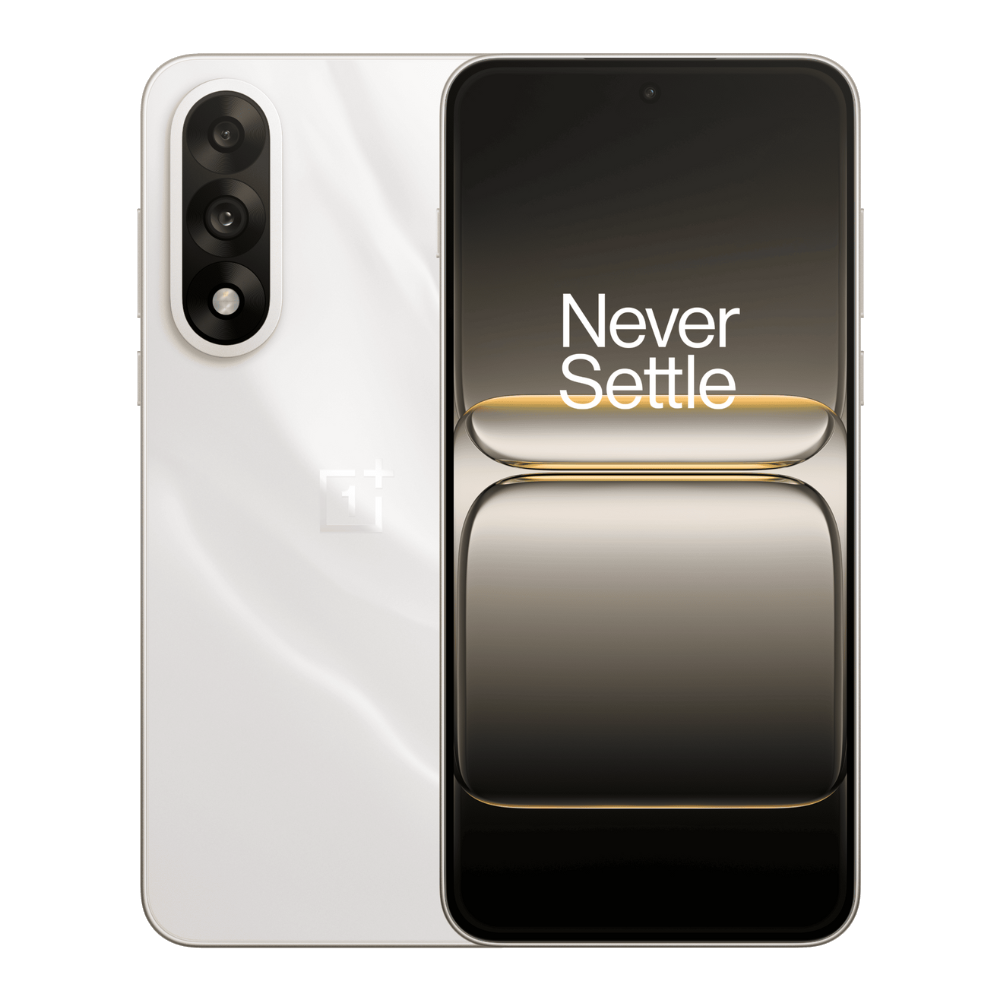
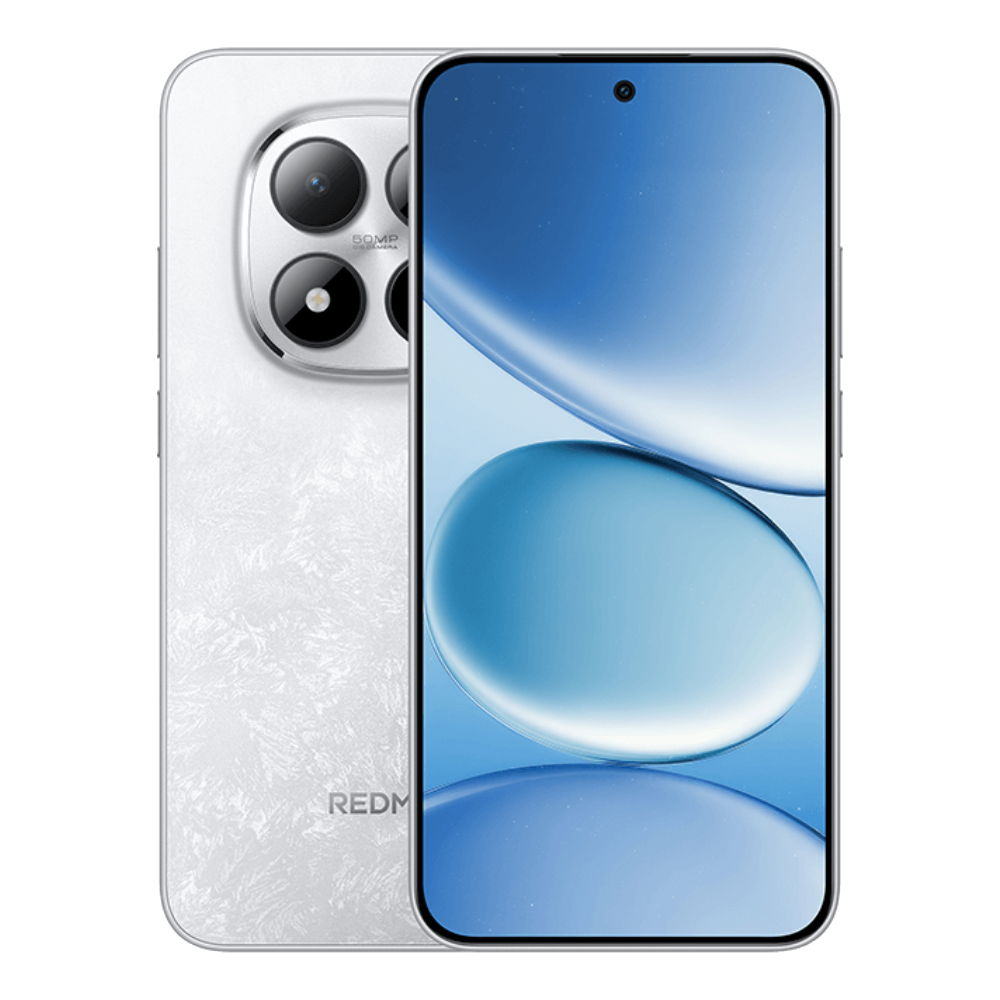

.png)

